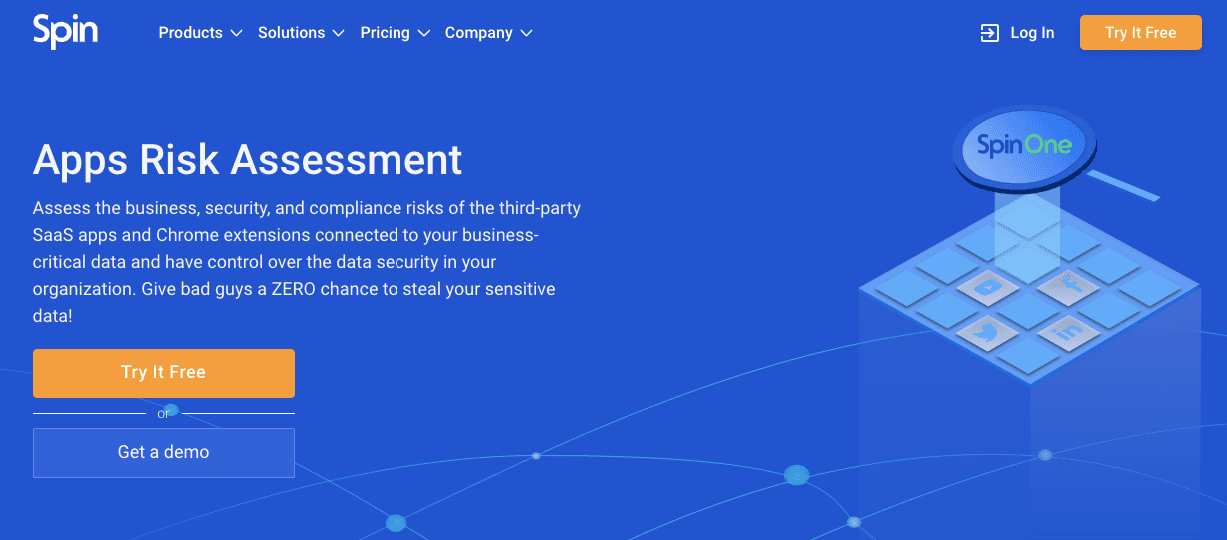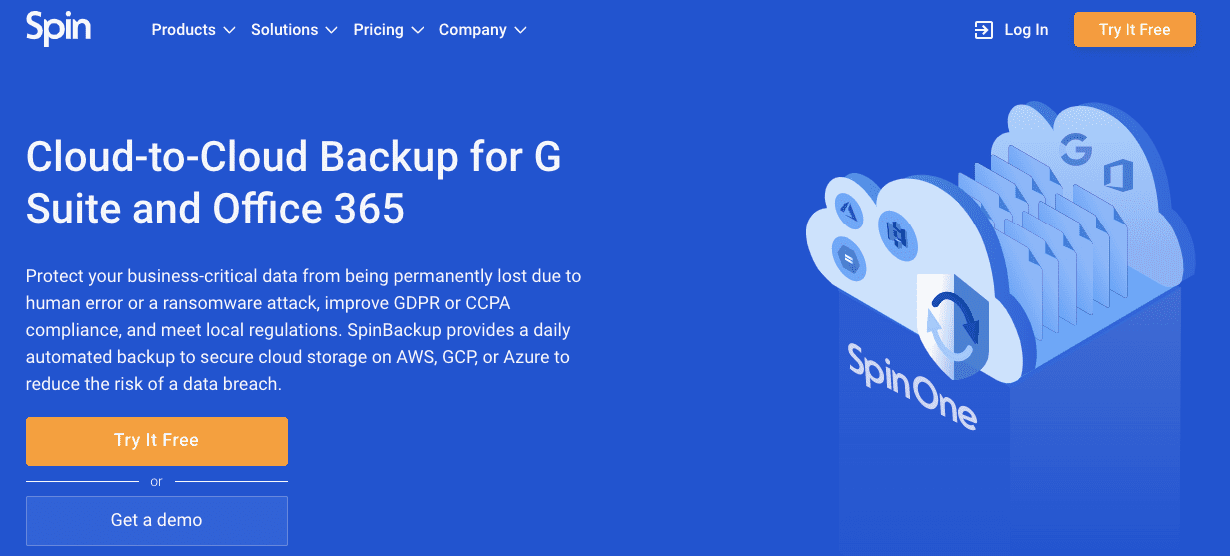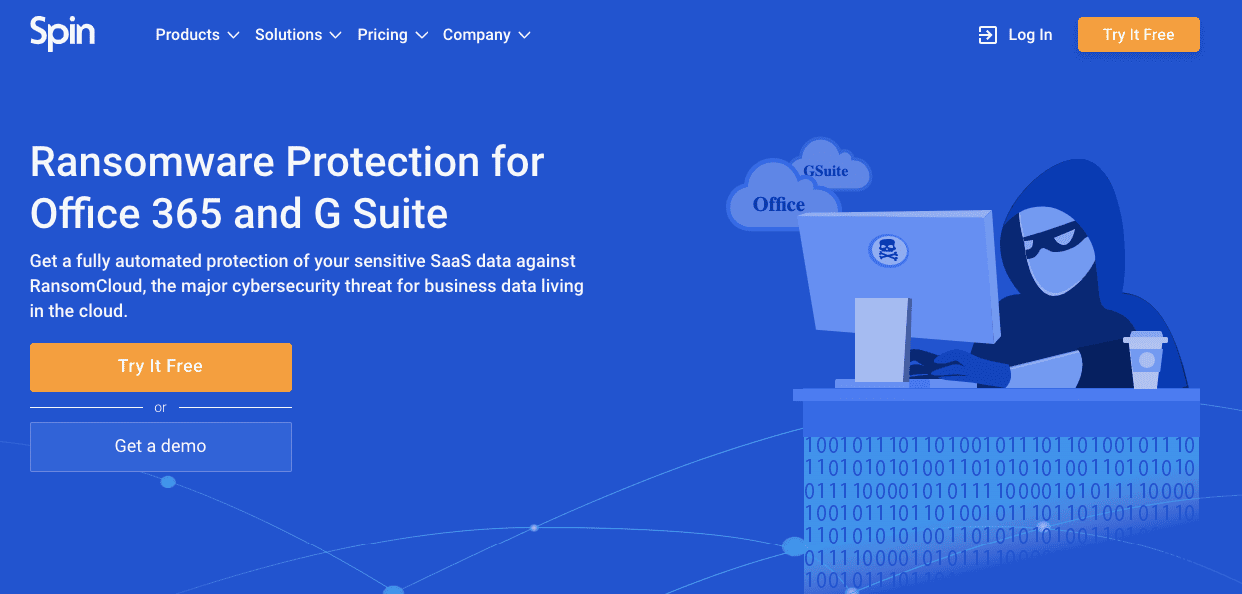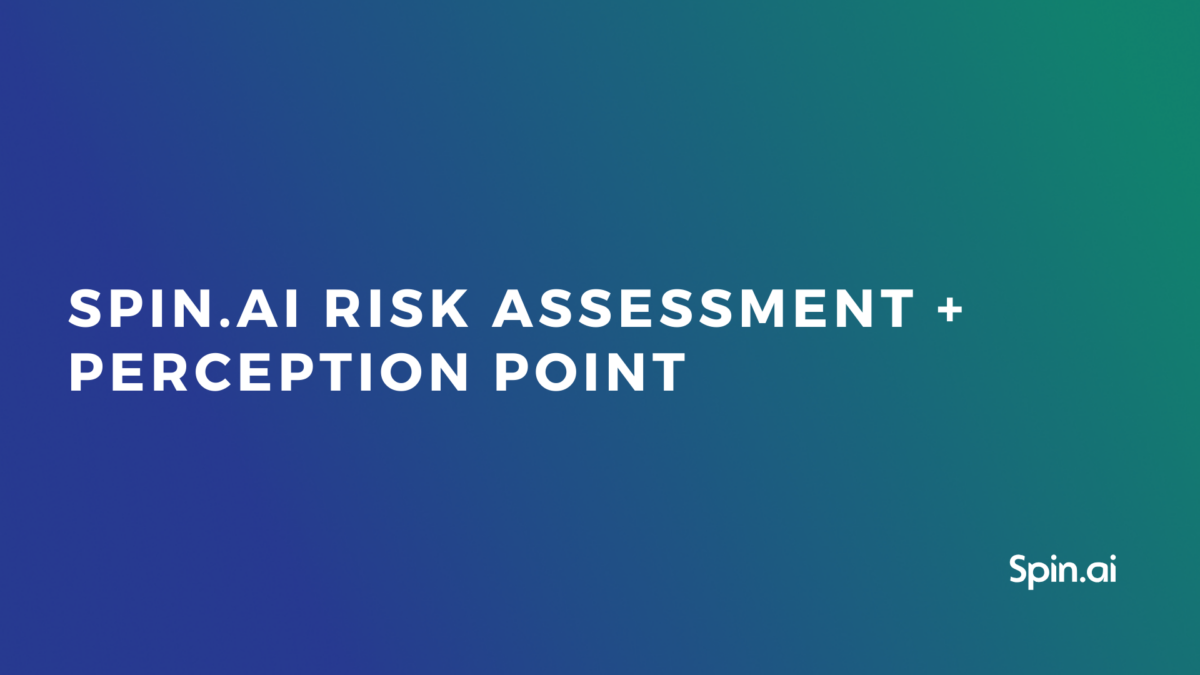3 Shadow IT Tools and 4 Rules to Manage Risky Apps

The number of employees who admit to using unauthorized apps, devices, or other technologies at work is about 40%—nearly half—at any given company. In this article, we discuss three shadow IT tools and four rules to manage it and improve your cybersecurity.
The odds are that by the beginning of 2022, it would be accountable for one in three security breaches.
And while some organizations have no idea about the concept and risks of shadow IT, others seem to demonize it and create extreme measures to fight this problem.
The best course of action, as usual, is somewhere in between.
Yes, your company is probably exposed to the risks of shadow IT this very minute. But does it mean you should ban every unauthorized usage of an application or a device?
No.
The main thoughts from the Entrust Datacard Shadow IT Report for 2019 state that:
- Shadow IT can never be fully eradicated.
- If managed properly, shadow IT will shift from being a huge risk to being a huge benefit for companies.
If so, what steps can you take to make your organization benefit from shadow IT?
Rule 1: Make Third-Party Apps’ Usage Official
There is a saying, “If you can’t fight something, join it.”
It suits the situation perfectly; if you can’t fight shadow IT, so to control it, you need to acknowledge it first.
Only if this problem is spoken out on and officialized can shadow IT be regulated by mandatory rules that make its usage much safer for the company.
Moreover, making it official is going to help to increase productivity among your employees.
You see, the exact reason behind this unauthorized app usage is your employees’ striving for functionality. Long approval processes force them to bypass it and start using it without the IT department’s permission.
So why forbid this initiative when you can harness it and reap the benefits? You can do it by encouraging employees to test third-party applications freely.
Encourage curiosity and innovation in employees’ minds. It is the first step on your way to a more optimized workflow and better results overall.
But of course, letting your employees exercise their freedom should enforce your data security, not compromise it. Therefore, the use of third-party software is necessary.
For these purposes, we advise you to use the risky app assessment tool SpinSPM, which we speak about in the list of tools below.
Related: 14 Key Tools for Remote Work
Rule 2: Create an Ever-Expanding List of Approved and Banned Applications
As you connect all your employees’ G Suite accounts to the apps audit service, you will receive reports with the assessment of every application they use.
Depending on this information, you can transfer it further to your IT department, or use it as it is to create an official list of approved and banned applications.
Your employees will have a variety of secure applications to choose from that get their work done faster. The more it grows, the more self-sufficient it gets and the less it requires them to go elsewhere and search for unsafe alternatives.
Make this list as visible as possible, and speed up the process of the application approval.
Rule 3: Make Cyber Security Training Mandatory
The biggest risk to your data security is not malicious applications alone—it is your employees.
Thomas Reid once said, “A chain is only as strong as its weakest link.” It doesn’t matter how many employees work in your organization—ten or ten thousand; every one of them must be aware and educated on the matter.
Moreover, we recommend renewing the information in training yearly and refreshing employees’ memory on the IT security matter.
Employees don’t know how to act securely over the internet, what they can or cannot provide, open, send, click.
Invest a little in their (and your) education, and you will reduce the risk of being hacked and compromised substantially.
Related: 7 Online Cyber Security Courses for Everybody
Rule 4: Set a Rule About Sensitive Information Sharing
Having your business data leaked or lost may become a big problem, but the situation with leaked sensitive data can become a real catastrophe.
If an employee that has given a risky app access to their email, cloud drive, or chat sends over it banking or personally identifiable information, it can be leaked and used by threat actors.
Sensitive information sharing can legally compromise the whole company and spill into enormous fines for noncompliance.
Make this rule clear outspoken and visible, set user permissions and file expiry dates, and use dedicated sharing platforms.
Also, use an option for sensitive information sharing monitoring in the SpinSPM tool we speak about below.
3 Shadow IT Tools For Efficient Management
Rules need tools to make them function. Here are three tools that play a significant role in managing shadow IT in today’s work environment.
1. Apps Audit Tool

This shadow IT monitoring service conducts automated 24/7 scans of all third-party apps that are connected to the G Suite accounts of your employees to identify risky business apps and enhance information security. With this tool, the risk of your business data getting leaked or lost is minimized.
As we said, it helps to quickly create a list of banned applications you need to gather as part of rule 2. Rather than rely on two-factor authentication only, modern workplaces now opt for adaptive, behavioral-based solutions that analyze risk indicators to detect suspicious activity and risky applications.
There are only a few services presented on the market nowadays; even fewer are worth mentioning. You can do your own research; from our side, we advise you to check out a dedicated cybersecurity service, SpinSPM.
2. Backup Tool

One of the risks of shadow IT is data loss. If a third-party app or a web extension is run by a threat actor, it can infect your data with ransomware or delete it.
Not even talking about the risks of shadow IT, backup is an indispensable part of every organization where management knows how data losses cripple the business.
You can choose any backup service that meets your needs. We recommend you take a closer look at Spinbackup. It goes together with the SpinSPM tool but is a fully-featured backup service suitable for both small-to-medium businesses and enterprises.
3. Ransomware Protection Tool

Shadow IT is not only about third-party applications, although now they are also becoming one of the main sources of ransomware.
But what you may not know is that ransomware can likewise seep through the unauthorized devices your employees bring to work and use every single day.
How does it happen? Mostly by exploiting these devices’ vulnerabilities and then, as these devices are connected to the work network, seeping into the network as well.
On the other side, having a backup can be not so effective against ransomware as it was before. Current ransomware has evolved into a quiet, lurking threat that doesn’t stand out before it infects all your backups.
Your workplace needs an AI-powered ransomware monitoring system that will detect a ransomware attack before it gets to your backups. SpinSecurity is a ransomware protection software that comes with the Spinbackup tool to protect backups from getting infected.
Embrace shadow IT in a way that controls risks and keeps your organization safe and compliant. Good luck!
Frequently Asked Questions
Why do people use shadow IT?
Employees use shadow IT for several reasons, including their need for flexibility, autonomy, productivity, or convenience. For instance, instead of using the company’s approved messengers, an employee decides to use a personal messaging app like WhatsApp for their convenience.
How can shadow IT monitoring help improve information security?
Shadow IT monitoring helps organizations proactively address security risks associated with using shadow applications and services. For example, SpinSPM shadow IT monitoring service conducts automated 24/7 scans of all third-party apps connected to your organization accounts to identify risky business apps and enhance information security.
What are some practical steps organizations can take to manage shadow IT effectively?
To effectively manage IT do the following simple steps:
- make the third-party app usage official
- create a list of approved and banned applications
- make cybersecurity training mandatory for all your employees
use shadow IT monitoring services, like SpinSPM for your convenience.
Was this helpful?
How Can You Maximize SaaS Security Benefits?
Let's get started with a live demo
Latest blog posts
Reducing Browser Extension Risk with Spin.AI Risk Assessment + Perc...
April 24, 2024Spin.AI is collaborating with Perception Point: integrating the Spin.AI Browser Extension Risk Assessment within the... Read more
How to Restore A Backup From Google Drive: A Step-by-Step Guide
April 10, 2024Backing up your Google Drive is like making a safety net for the digital part... Read more
Protecting Partner Margins: An Inside Look at the New Spin.AI Partn...
April 2, 2024Google recently announced a 40% reduction in the partner margin for Google Workspace renewals –... Read more


